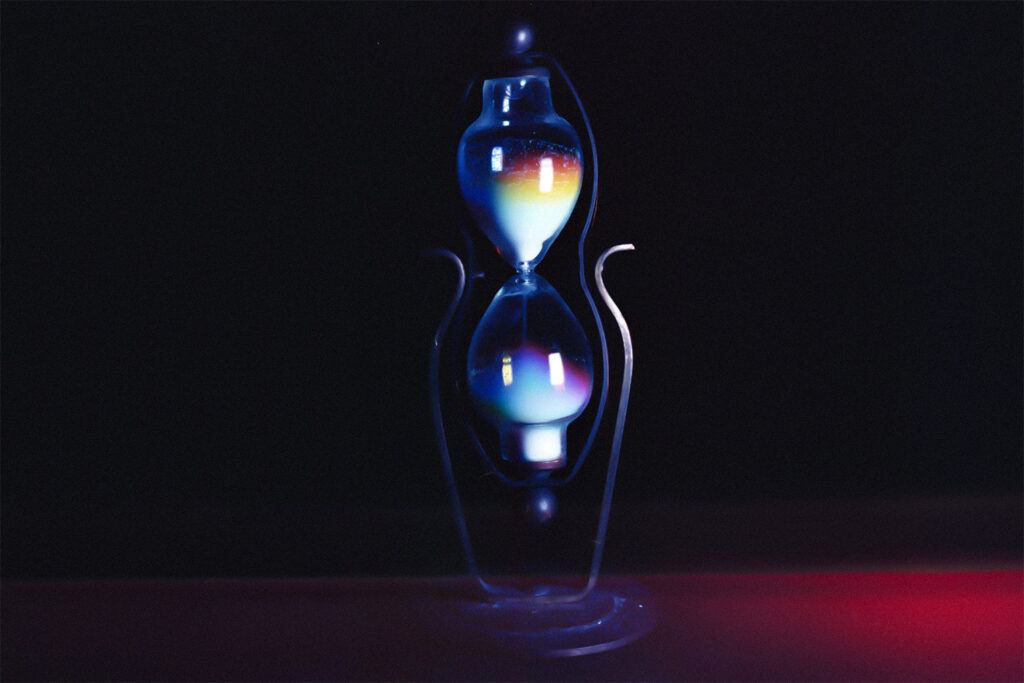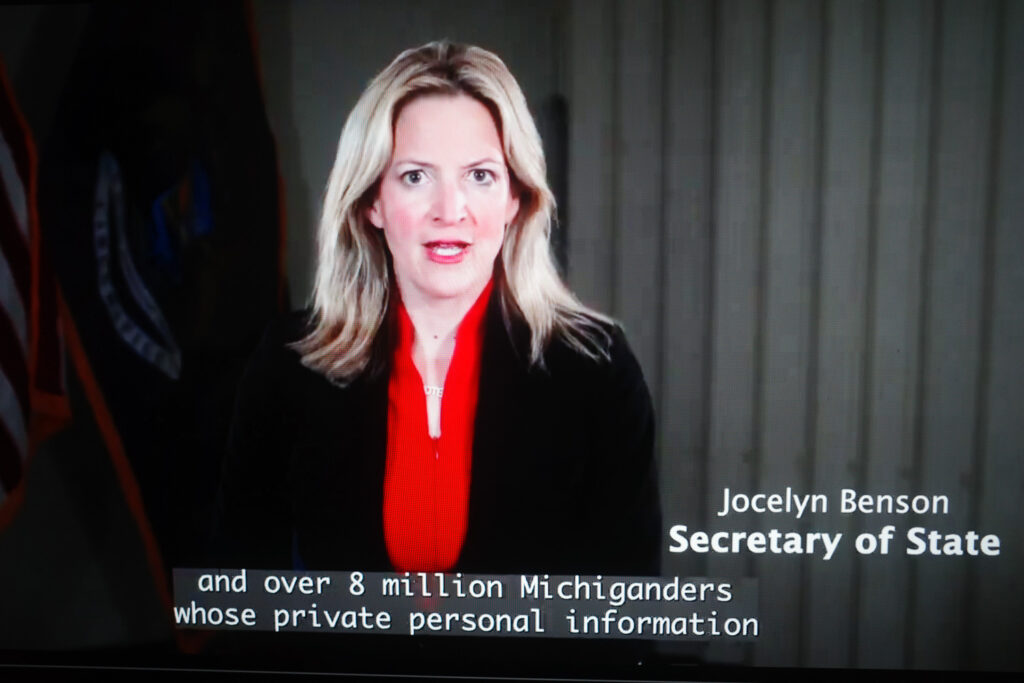On Sunday, the clocks fall back again. An extra hour of sleep, an extra hour of night. In college, my buddies and I treated the fall time change like a hedonistic ritual. Another hour for drinking and playing pong. We’d stay up until 3 a.m. and cheer when the clocks rolled back. The absurdity sure wasn’t lost on us.
It’s time to grow up and stop messing with the clock. Put the clock back on standard time year-round and reject the current system (as well as the insanity of permanent daylight saving time).
A quick primer on the issue, because all the terminology does get a little confusing.
Standard time is the normal clock. It’s based on the sun itself, with noon closest to when the sun is at its highest position in the sky. This varies based on time of year and which end of the time zone you’re in (Michigan solar noon is later than Maine’s, for example), but it’s the closest approximation we have to a measurement of the sun’s position in the sky.
The sun and the earth’s rotation determines the length of the day and our perception of time, not clocks, which are only abstractions.
Daylight saving time is an hour earlier than standard time. Essentially, it’s a fake clock, divorced from the sun. Solar noon happens at 11 a.m. It’s the time zone we shift to in the spring, the time zone we’ve been in all summer.
Daylight saving time was first adopted in the U.S. during World War I and has been used off and on since then. Its proponents claim two things mainly: that it cuts down on energy usage and gives 9-to-5 workers an extra hour of daylight after work.
The energy usage claims have never been proven and are still debated to this day. The “extra hour of daylight after work” isn’t real, either. Changing the clock doesn’t change the behavior of the sun, it doesn’t add a single second of daylight in any real sense. DST simply tricks everyone into waking up an hour earlier, so it feels like there’s more light later. It forces all of society to shift an hour earlier arbitrarily.
The clock change has been a political issue in recent years, with many arguing for permanent DST, keeping the clocks back an hour all year long. The “Sunshine Protection Act” has been batted around in Congress for several years now, promising an end to the clock switching, with an adoption of permanent DST.
Here’s the reality: We tried permanent DST before, and it was a hugely unpopular disaster.
In 1974, during an energy crisis, the entire country adopted permanent DST for a year. It was widely popular at the onset, but after that first winter, support dropped off a cliff. It was so unpopular the senate voted by that spring to return to standard time.
Why was it so unpopular? Simple—it pushed sunrise well past 9 a.m. during the winter months in most states. Everyone was driving to work in the dark. Kids were waiting for school buses in the dark all winter and spent their first hours drowsing at school in the dark. There were several well-publicized incidents where kids were hit by cars, walking to school in the dark.
That “extra hour of daylight” in the afternoon proved incomparable to the grim reality of waking up an hour earlier, in the dark, all winter. It defies human biology, which we know well by now is not arbitrary, but deeply tuned in to the sun’s light as the stimulus for our circadian rhythm. Arbitrarily forcing the entire country to wake up an hour earlier in the dark, in the cold of winter, is not only uncomfortable, but unhealthy.
For Michigan in particular, permanent DST pushed sunrise past 8 a.m. more than 150 days of the year. Since Michigan is on the edge of the Eastern Time zone, the change is most dramatic here.
The American Academy of Sleep Medicine, for one, has called on Congress to reject permanent DST legislation and recommended a return to permanent standard time. They rightly surmise that it’s far more sensible to keep the clock normal all year and let people function according to their biological sleep cycle. It’s far better to have morning light as a cue for wakefulness than to force ourselves up in the dark.
But let’s forget the pros and cons for a second and focus on principle. Philosophically, the clock is meant to function as a reasonable approximation of the sun’s position, the length of the day itself. Solar noon should be noon on the clock as well, or as close as it can be. That’s the whole point.
The clock should remain objective, and our behavior should shift around it, not the other way around. If people want to get up an hour earlier and have more sunlight later in the day, let them! If businesses want to shift an hour earlier and have their employees come in at 8 instead of 9, let them.
Shifting the entire clock twice a year to do so is asinine, and, in fact, the effects are deeply harmful to societal health and well-being. Worse, the purported benefits never actually materialize. One more thing Congress screws up with its constant overreach that would be better left alone.
Stop trying to meddle with reality, and let noon be noon like God intended.
Bobby Mars is an artist, alter ego, and former art professor. Follow him on X @bobby_on_mars.



